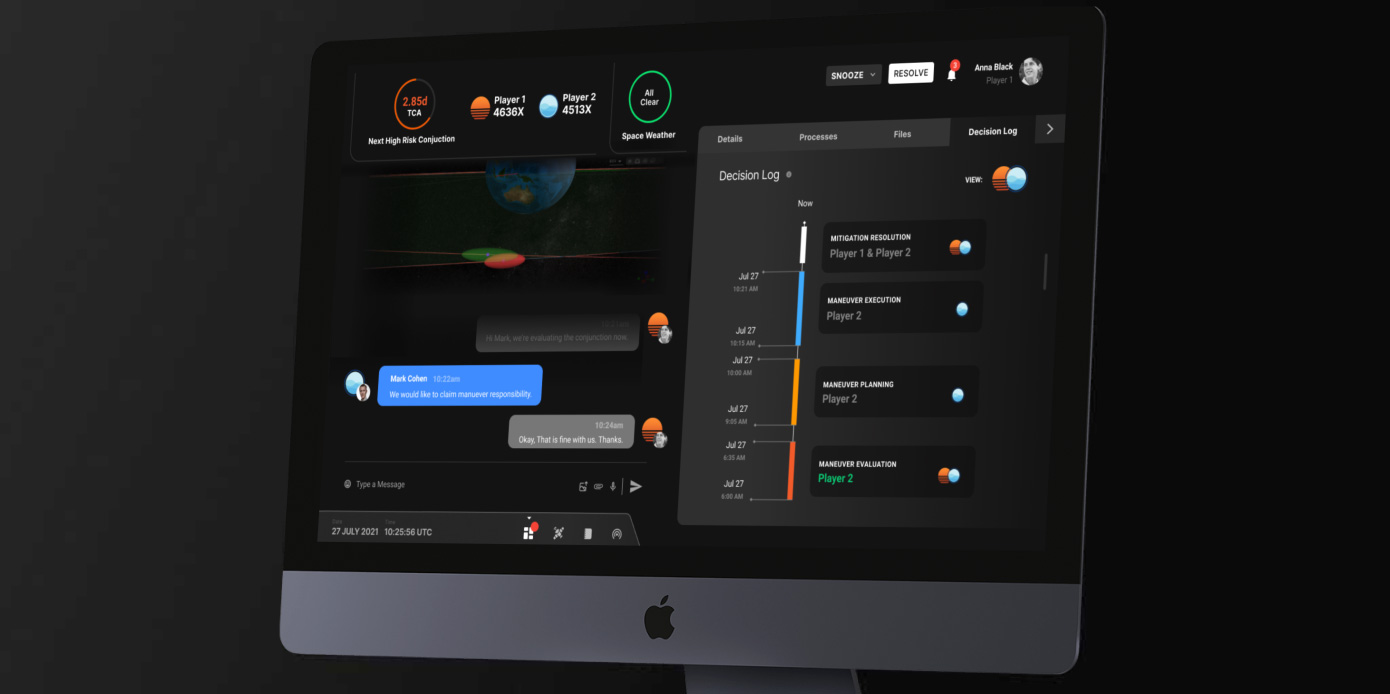
Image courtesy of: Slingshot Aerospace
It’s no secret that the global space exploration community has an issue on its hands. The low orbit space around Earth is becoming crowded. Between the proliferation of small-scale satellites, massive constellations such as SpaceX’s Starlink and an ever-growing mass collection of floating space junk, launching and operating projects into low-orbit is becoming more and more challenging to even just find space.
The International Space Station has had to perform “avoidance maneuvers” on a regular basis in order to skirt past space objects and debris potentially colliding with it. Yes, there’s still plenty of space in space — but when launching billion-dollar satellites, these space agencies and now private sector companies are going to want to do everything in their power to keep precious technology from being harmed or destroyed.
This is the conundrum that Slingshot Aerospace has stepped in to help address. The company synthesizes data from multiple sources to provide what it describes as a real-time digital landscape of space, allowing space operators to better manage and protect their assets. Think Tetris in space.
Founded by Melanie Stricklan, David Godwin, and Thomas Ashman in 2017 and based in Austin, Texas and El Segundo, California, they raised nearly $100 million to begin their next development process.
“The opportunities are endless in space but we must unlock a digital revolution to optimize spaceflight operations and orbital asset management,” Stricklan said in a recent press release. “Real-time coordination is necessary to provide more accessible, timely, and accurate risk mitigation across all space-faring organizations.”
Slingshot Beacon is an orbital collision avoidance program that “connects commercial, government and civil customers on one platform to better design, manage, and safeguard their satellites and other assets; mitigate risks; and ensure safe and reliable operations for all spaceflight operators.” Its pilot program launched in August 2021 with participants whose assets comprise more than half of the satellite constellations currently in low Earth orbit.
The company’s new funds will go toward commercializing products like Slingshot Beacon, as well as hiring 40 new employees over the next year. With some 115,000 satellites expected to launch by 2030.
Hats off to these innovators!